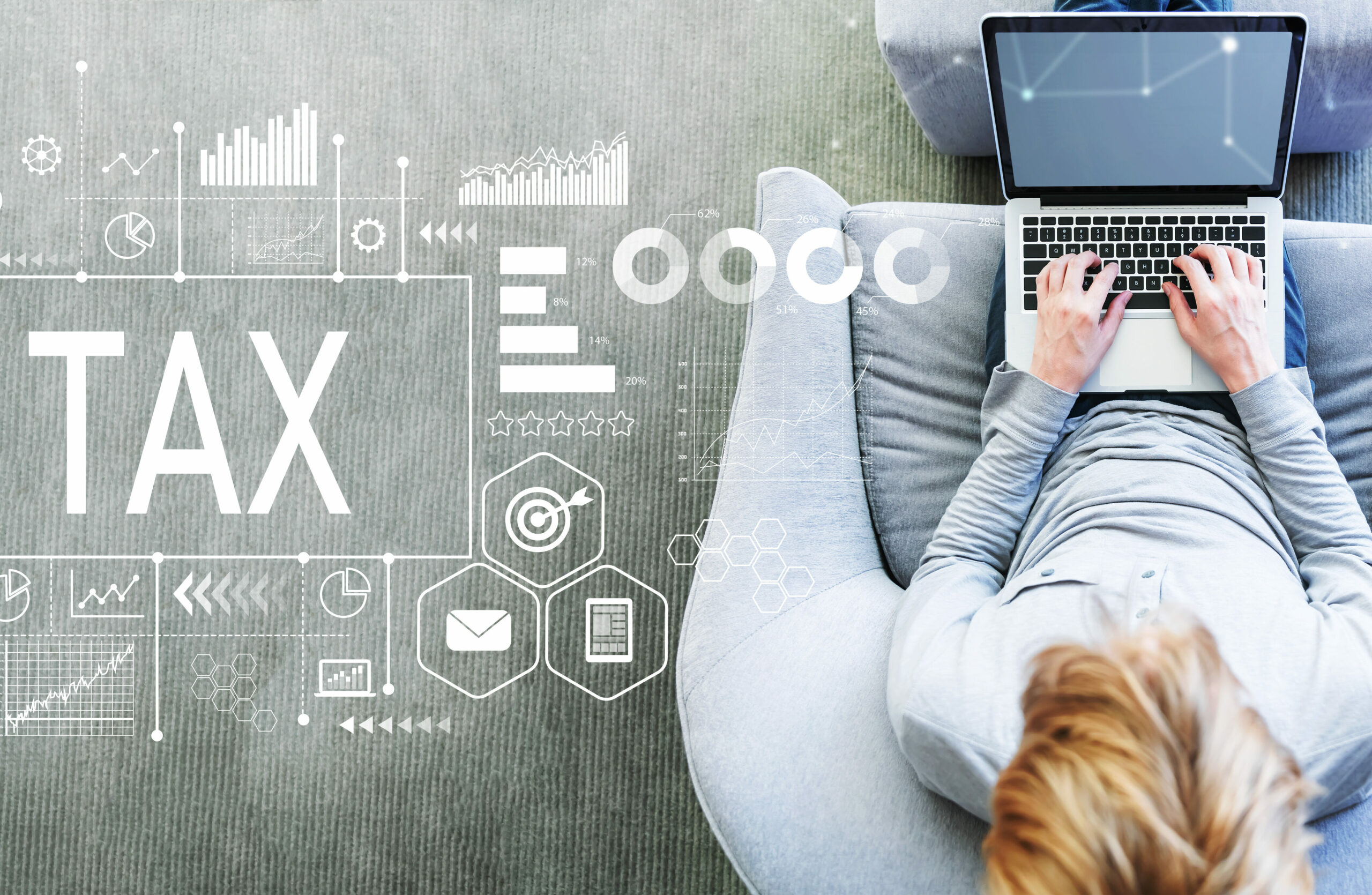As a self-employed individual, business owner, freelancer or an individual with additional sources of income, understanding your tax responsibilities is important.
A crucial aspect of managing your tax affairs is by registering for self-assessment. In this article we will look at why you must register for self-assessment, who needs to register and some of the key dates to keep in mind.
What is self-assessment?
The UK tax year runs from 6 April to 5 April the following year. For example, the 2023/24 tax year starts on 6 April 2023 and ends on 5 April 2024.
During this period, you may have received income, which needs to be declared to HM Revenue and Customs (HMRC). Tax is usually deducted automatically at source from wages and pensions, known as ‘Pay as you earn’ (PAYE). However, there may be other sources of income that are not taxed at source which must be reported to HMRC on a tax return.
HMRC uses a system known as self-assessment to collect tax from individuals with unpaid taxes. This is a self-completed form whereby you ‘self-assess’ your tax position for the year and declare your earnings and calculate any unpaid tax to be paid to HMRC.
Who needs to complete a self-assessment?
You will likely need to complete a self-assessment tax return if, at any point during the tax year, you fall into any one of the following categories:
- Self-Employment – You receive self-employment income of more than £1,000.
- Partnership – You were a partner in a business partnership
- High Earner – You receive a total taxable income of more than £150,000
- Income from Dividends or Savings & Investments – You receive £10,000 or more from savings and investments or share dividends.
- Rental Income – You receive a gross rental income of £10,000 or more, or your profits are £2,500 or more.
- Foreign Income – You receive income from abroad that is taxable in the UK.
- Child Benefit – You are subject to the high-income child benefit clawback charge.
- Capital Gains – You made capital gains that exceed the annual exempt amount in the tax year (£6,000 for 2023/24).
- Income from Trusts or Estates – You receive income from a trust or an estate.
- Other Income – You receive income from a ‘side gig’ or freelance work that exceeds £1,000
It is essential to check the specific requirements and thresholds for your circumstances, as there may be other situations that require you to file a self-assessment. If you’re in doubt, consulting with a tax professional or HMRC can provide clarity on your financial situation and help avoid undue fines or penalties.
In certain cases, such as where you receive untaxed income (e.g. savings, dividend or rental income) that does not meet the criteria to file a tax return, you will need to notify HMRC so that they adjust your tax code to collect the tax due.
Key dates and deadlines.
- Registration deadline – You must register for self-assessment by 5 October following the end of the tax year in which you earned the income. For example, if you earned income in the tax year ending 5 April 2024, you must register for self-assessment by 5 October 2024.
- Submission Deadline – The deadline for submitting your self-assessment tax return online is usually 31 January following the tax year you are reporting on. The deadline for the 2023/24 tax year is 31 January 2025. Please note that if you are submitting your tax return on paper, the deadline is 31 October following the tax year you are reporting on. For the 2023/24 tax year, this deadline would be 31 October 2024.
- Payment of Tax – Any tax owed must be paid by 31 January of the year following the end of the tax year, which is typically also when the tax return is due by.
- Payments on account – If your tax bill is over £1,000, you may need to make advance payments towards your next tax bill, known as payments on account, due in two instalments. The first instalment is due by 31 January, and the second by 31 July. These payments are then offset against your liability on submission of your tax return.
How to register?
You can register for self-assessment online through the HMRC website here and follow the on screen instructions to set up your online account which will be used to complete your tax return. You will need to have done so by 5 October following the tax year.
Alternatively, if you prefer, you can also register using a paper form by completing a “CWF1” form for self-employed individuals or a “SA1” form for other circumstances. You can request these forms from HMRC or download them from their website.
Once registration is complete, you will receive a Unique Taxpayer Reference (UTR) by post which you will need to note down as this reference number will be required for all future tax submissions.
How we can help
We have an expert tax team with many years of expertise that can play a crucial role in supporting and simplifying the self-assessment tax return process for individuals and businesses alike to ensure that all income, expenses and deductions are accurately reported, minimising the risk of errors that could potentially lead to fines or penalties.
We can help our clients and provide valuable insights to help unlock tax savings, improve tax positions and navigate their financial situations throughout the year, often working alongside our financial planning colleagues to offer a joined-up service.
By taking out the complexities of tax preparation, we can save our clients time and provide peace of mind that their returns are compliant and optimised for the best possible tax outcomes.
Please get in touch with us to learn more about how we can help you.



